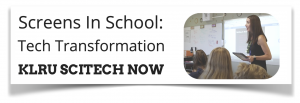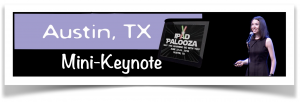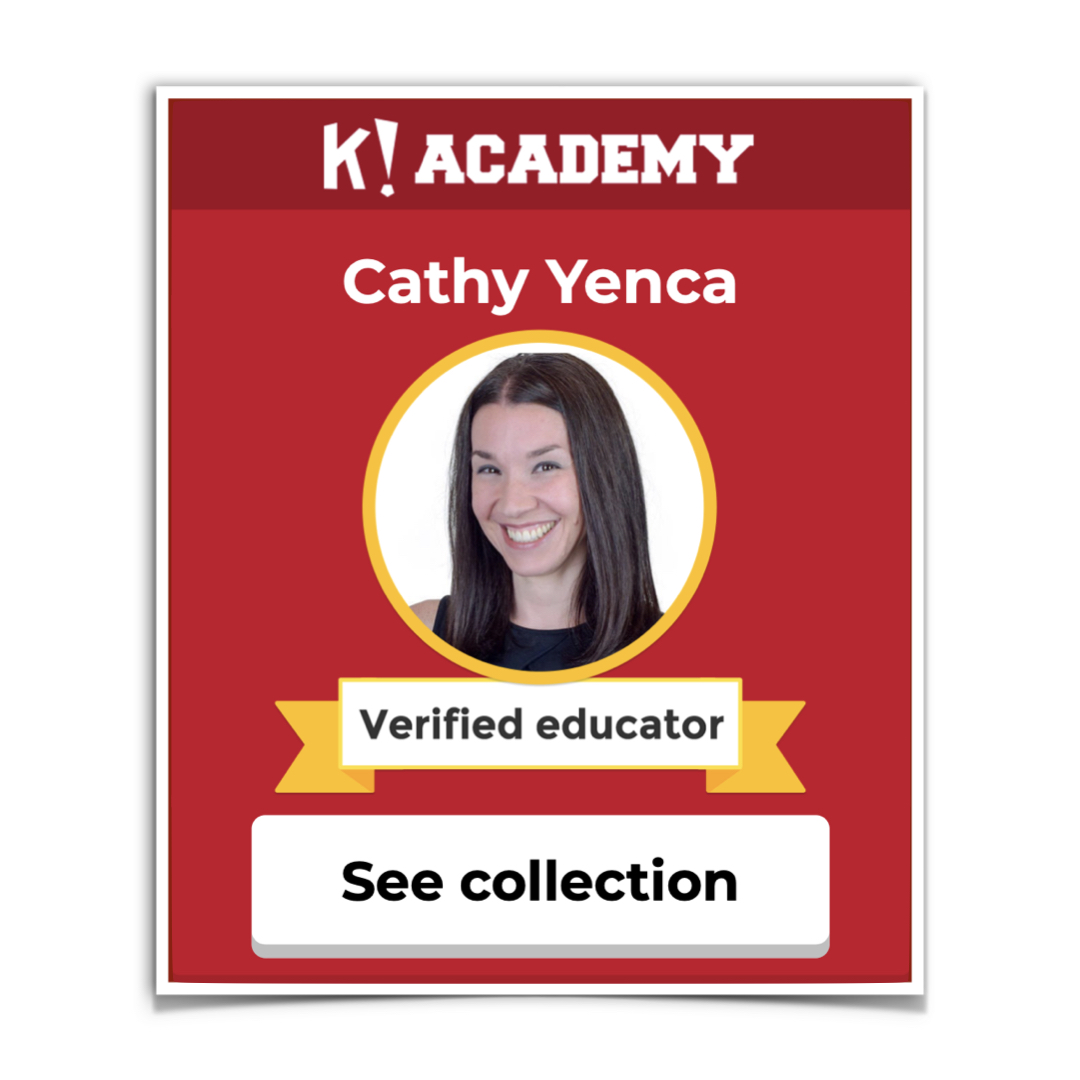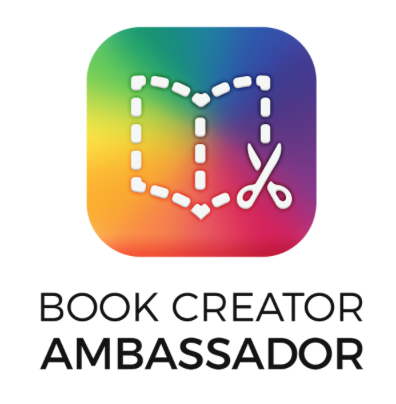This post will inevitably turn into a paperback if I don’t “chunk” it, so this is post 1 of 3… I think… 🙂
This was my second ISTE Conference, and I’m so glad I had the opportunity to connect with kindred spirits from near and far this week in lovely San Antonio, Texas, a popular destination for a few of my favorite conferences this year (lucky me)!
Though I haven’t yet recovered from the sleep deprivation and sensory overload that is ISTE, I prefer to reflect here while I’m as *fresh* as is feasible!
Sessions


Themes for the sessions I chose to attend this year seemed to be:
- Letting go of classroom control!
- Giving students choices!
- Having students create, create, create!
- Using Apple iOS apps and Desmos to do all of the above!
While this list is grossly over-generalized, and doesn’t truly do the sessions justice, AND maybe sounds familiar as far as things we should be accomplishing with our students… perhaps these messages continue to be shared because we’ve heard them, but haven’t crossed the threshold of *doing* them? Or doing them as *often* as we could/should?
For the record, I am pointing at ME here – inspiration that doesn’t translate to classroom action is, well, a warm fuzzy. That’s it. Time to take these warm fuzzies to our classrooms, more often, and better. We can do this.
In each of the next 4 posts, I’ll share ideas I’m thinking about regarding the items on the aforementioned list, starting with…
- Letting go of classroom control!
Ah, the “control thing”… it’s real, isn’t it? And, striking a balance can be tricky. Furthermore, what should this balance look like and sound like with our students? Is a quiet classroom one that guarantees learning? (Rhetorical question? NO – the answer truly is NO here!) And with all the emphasis on “personalized learning” and “student voice and choice”, it’s nice to be able to take these eduspeak terms and apply them to something specific… so…
What’s my ISTE take-away on this topic of “letting go of control”? I want to try something new. Specifically, I think improv strategies have the potential to impact class culture in a big way! Want students to understand that making mistakes is part of learning? Want students to overcome the paralysis that often happens in math class regarding the fear of screwing up? A bit of improv can really help here, and I had the pleasure of attending a session on this very topic!
![]()
 It could be truly beneficial to try improv strategies at the start of the school year, and sprinkle them throughout the year as well. There’s a double benefit here, because activities that involve movement also provide students with “brain breaks” they often desperately need. Growth mindset AND brain breaks? Check, and check.
It could be truly beneficial to try improv strategies at the start of the school year, and sprinkle them throughout the year as well. There’s a double benefit here, because activities that involve movement also provide students with “brain breaks” they often desperately need. Growth mindset AND brain breaks? Check, and check.
Thanks Lucas and virtual Carl for engaging us in a slew of strategies that can be used or adapted for our classrooms!
Having a blast with @KSLibraryGuy and virtual @mrhooker learning improv strategies to use in the classroom! #ISTE17 #ISTE17improv pic.twitter.com/GCpQTIW7qp
— Cathy Yenca (@mathycathy) June 26, 2017
Also, I’d never heard of pechaflickr, and loved the way this tool delivered an impromptu slide deck based on random images generated from a key word… and an attendee did an on-the-fly improv presentation, almost Ignite-style! While pechaflickr provides great fun, I can see creating a strategically chosen image-rich slide deck for my students ahead of time, and asking for volunteers to do “Ignites” about them as pre-assessments… or even as reviews after content has been explored! This improv idea could become a great way to encourage the use of academic vocabulary and exploring multiple representations of various math concepts, while engaging (and entertaining) students and having a few good laughs! I’ll even volunteer as tribute to demonstrate!
In the past, students have always enjoyed writing their own story problems, and many of these story problems have a spirit of improv and silliness… but the math is pretty on point. These moments enrich class culture and celebrate each class period as its own little family… a safe place to try math, mess up math, and fix math. That is to say… to learn math.
Stay tuned for more #ISTE17 reflections…

















Pingback: #ISTE17 Reflections: Post 3 (of 4) | MathyCathy's Blog – Mrs. Cathy Yenca